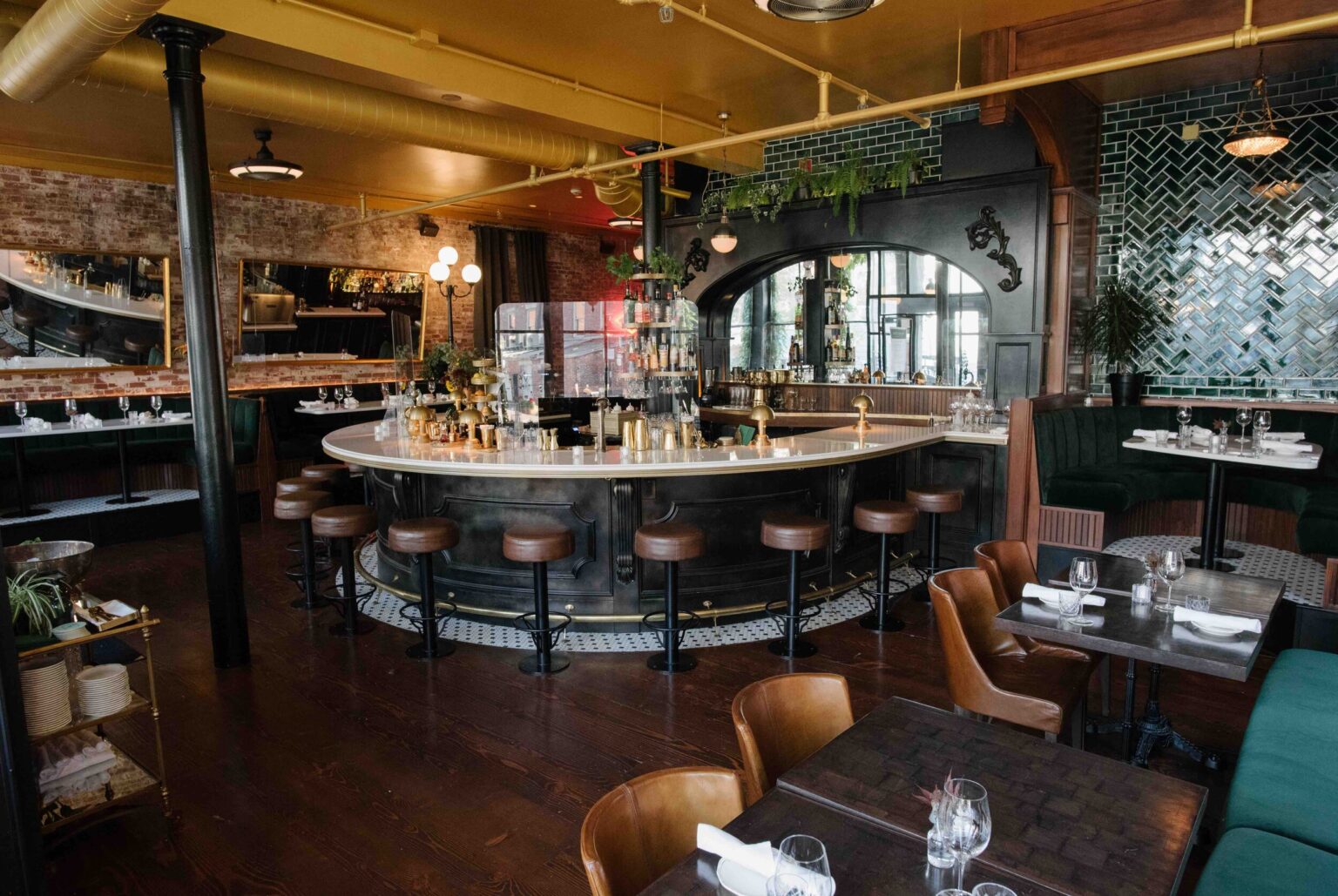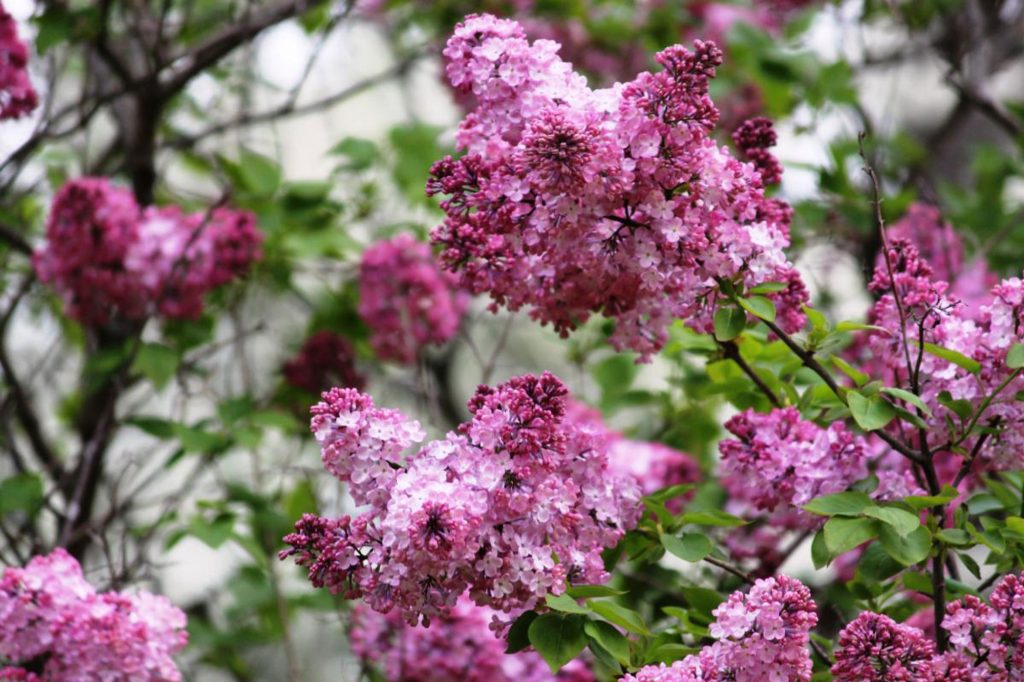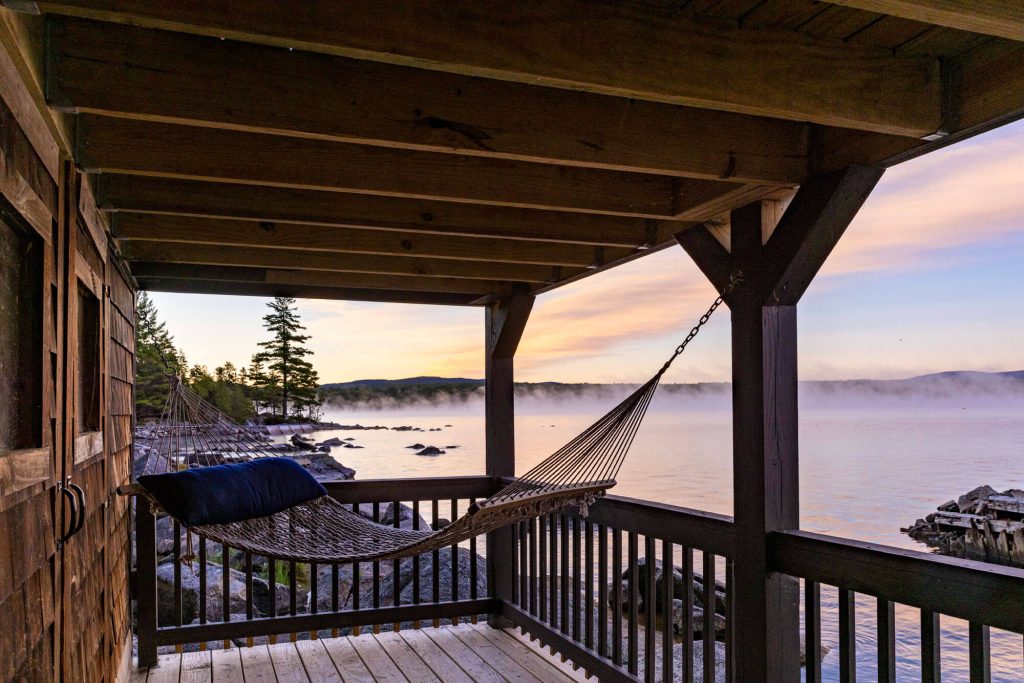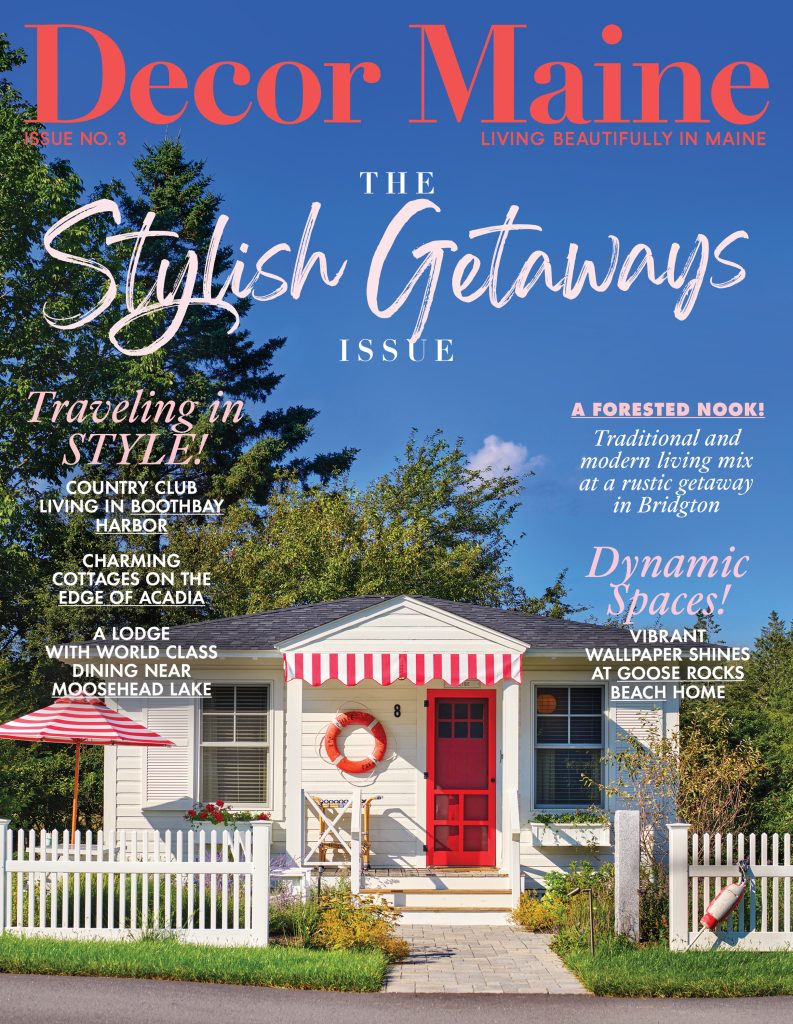Maine’s largest city is imbued with a kind of golden-era romance this time of year: the glow of festive light installations, hordes of rosy-cheeked sledders on Munjoy Hill, the revival of long-beloved musical reviews and theater.
It’s a season to get spruced up, to linger over good food, classic cocktails, and the people we love most. There are few places better to do so than Via Vecchia, the latest offering from Portland native and restaurateur Joshua Miranda.
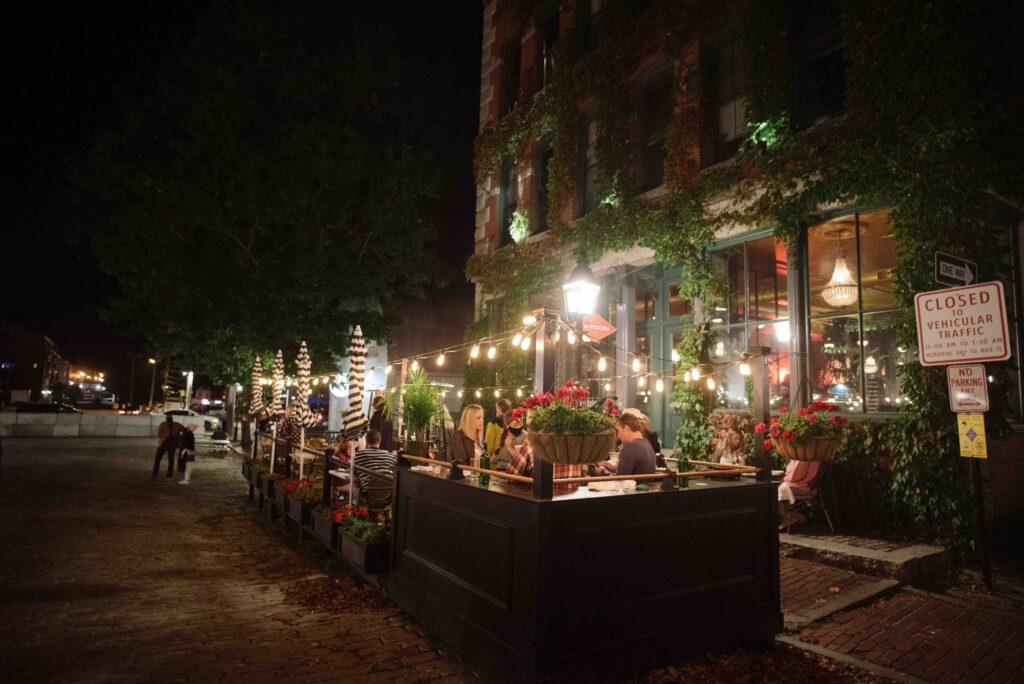
Via Vecchia, whose name is colloquially translated as “the old way,” pays homage to both its physical space and the traditions it evokes. Located in the heart of the Old Port, the ivy-covered fin de siècle building (formerly the home of Vignola and Cinque Terre) appears plucked out of prewar Europe. Its facade, exposed brick walls, and high ceilings served as the inspiration for Joshua’s Italian bistro. The restaurant’s decor combines both a high- and a low-modernist aesthetic: emerald subway tiles, wrought iron streetlamps, gilded mirrors, and grand fixtures rescued from New York’s Waldorf Astoria Hotel and Palace Theater. Velvet-upholstered elevated booths create intimate nooks for diners. In the back, settees and divans give the air of a Left Bank salon.
But it is Via Vecchia’s massive marble-and-granite bar that rightly commands the space.
There, an illuminated tower showcases the best in Italian cordials and bitters: the shocking scarlet of Aperol and Campari, the rich mahogany of Cynar and fernet.
“Too many food-forward bars and restaurants forget about spirits,” Joshua says. “We wanted cocktails to really take center stage.”
Indeed.
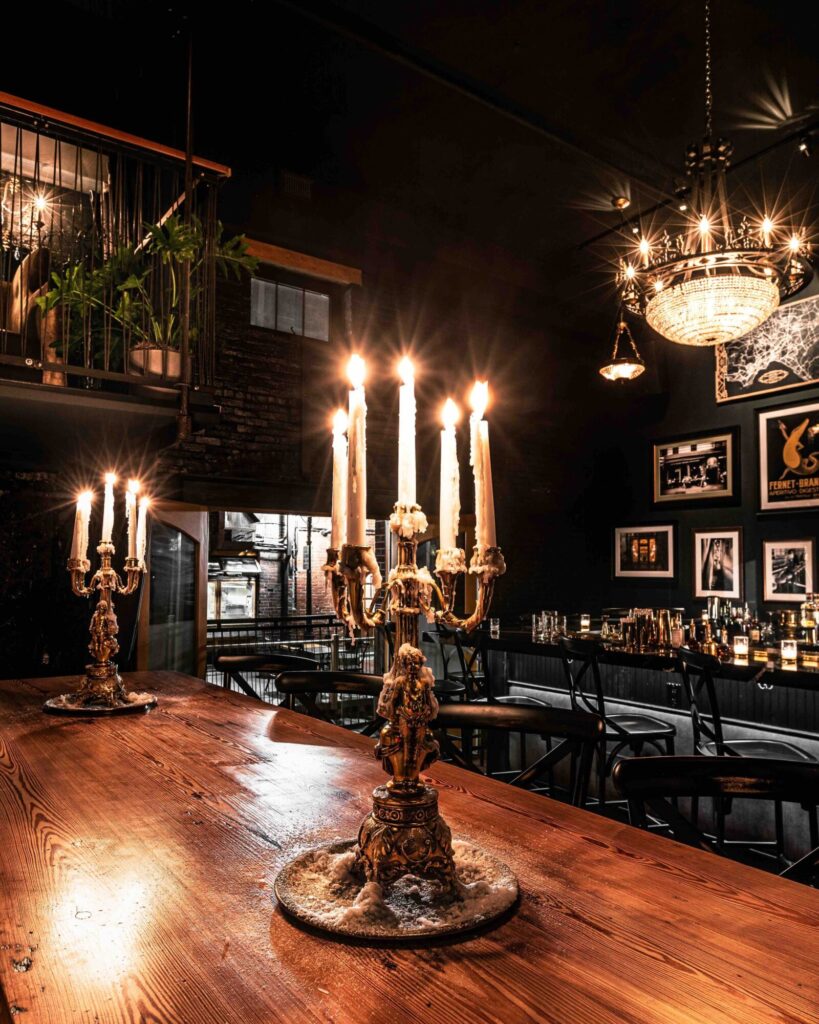
Via Vecchia offers an ample seasonal small-plate menu: house-made burrata, polenta fries with pecorino mousse, pizzettes with speck and stracciatella. But the potations really shine here. The carefully curated cocktail menu pays homage both to traditional favorites and the recent explosion of mixological innovation: olive-oil vodka martinis served with chilled sidecars. Anise and Negroni frappes. Grappas and cordials. Each, in its way, the perfect cap to a day on the town or a night out.
But this, of course, is also the season of holiday entertaining at home. And when it comes to making winter gatherings extra special, Joshua recommends a bit of whimsy—the Averna mai tai.
First made popular by the 1940s Hollywood set, the mai tai is traditionally made with a blend of two rums. Here, Joshua has instead substituted Averna, a botanical digestif with just a hint of bitterness. His recipe also features orgeat, the nutty syrup long used as the basis for many tiki drinks. There are plenty of middling and even a few good bottled orgeats to be had at specialty stores, but it’s worth your while to make one from scratch: The process is refreshingly uncomplicated; leftovers store nicely in the fridge and can be used in a whole host of Pacific-inspired cocktails guaranteed to last well into the new year.
Averna Mai Tai
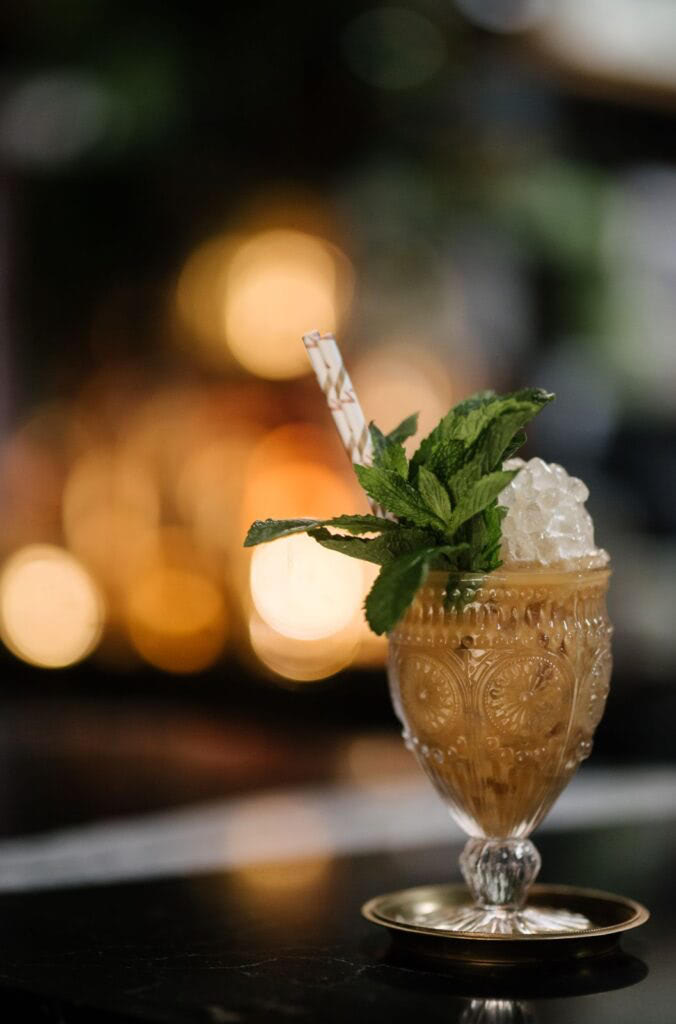
1 ounce pistachio orgeat (see recipe below)
3/4 ounce lime juice
1½ ounces Averna
½ ounce Plantation pineapple rum
Fresh mint sprigs
Fill a cocktail shaker with ice. Add the orgeat, lime juice, and liquors. Shake well and strain into an ice-filled glass. Add mint for garnish.
Pistachio Orgeat
2 cups raw, shelled pistachios
1½ cups sugar
1 ounce vodka
Dash of orange flower or rose water
Grind the pistachios or finely chop them in a food processor. Make a simple syrup by combining the sugar with an equal amount of water in a medium saucepan. Bring the mix to a boil, then remove from the heat after the sugar has dissolved. In a heat-safe bowl or large canning jar, pour the syrup over the chopped nuts. Cover the syrup loosely and let it steep for at least 5 and up to 8 hours. Strain the resulting liquid using a fine sieve and cheesecloth. Finally, add the vodka and floral water. Refrigerate leftovers.
